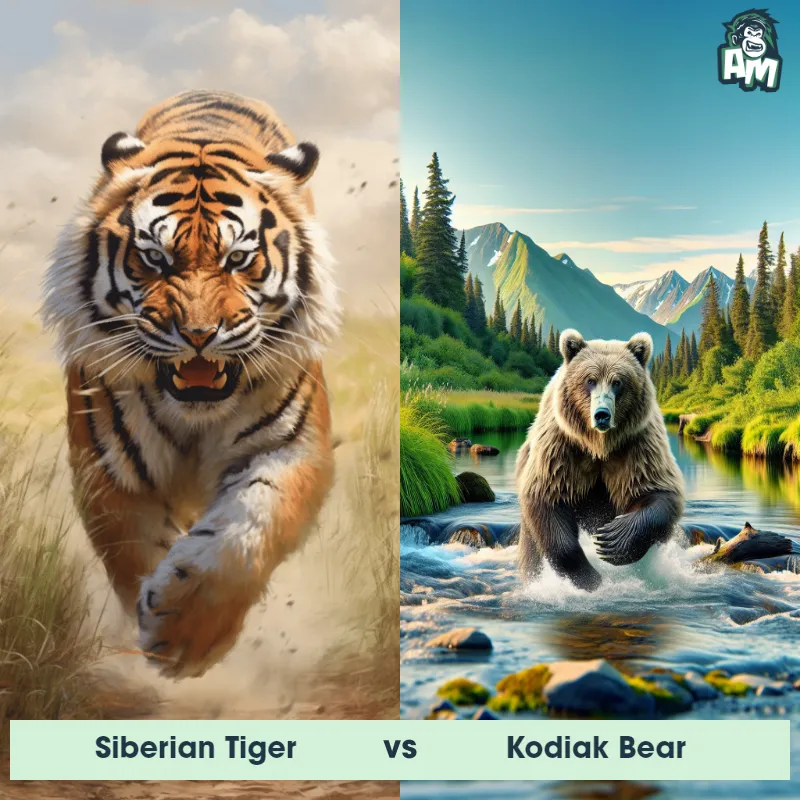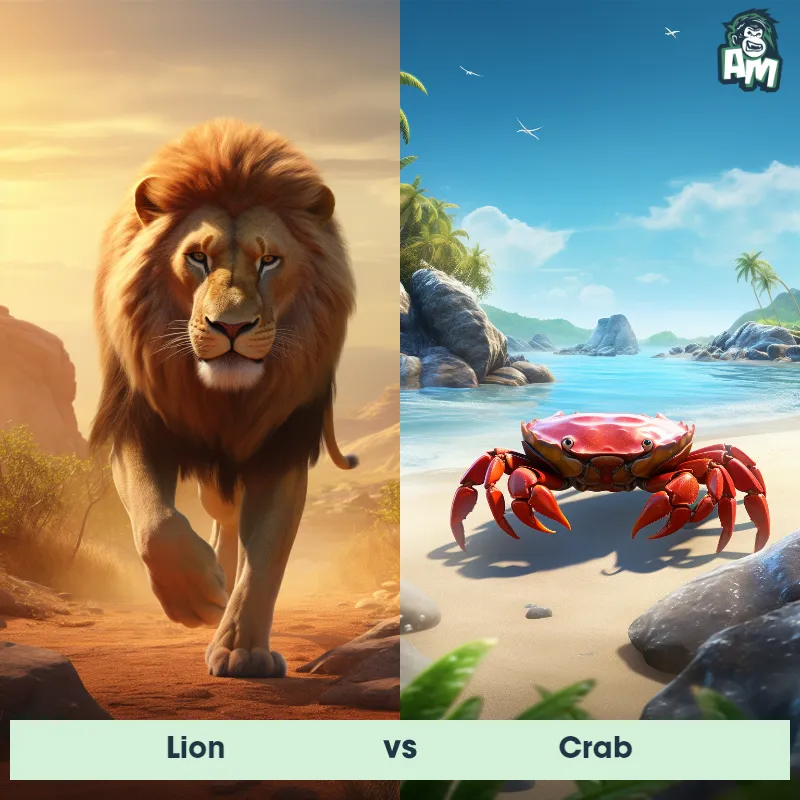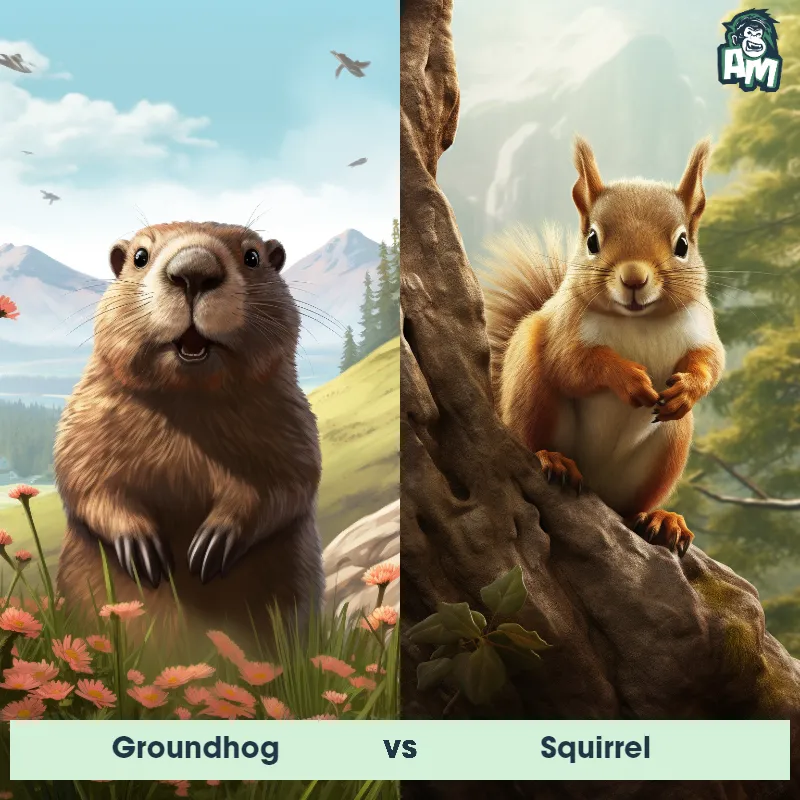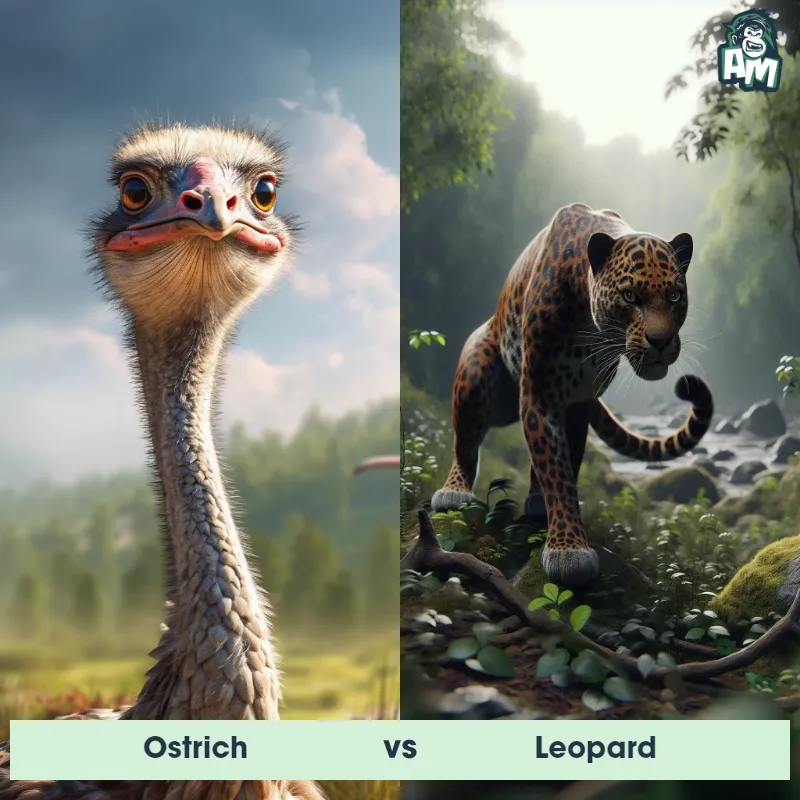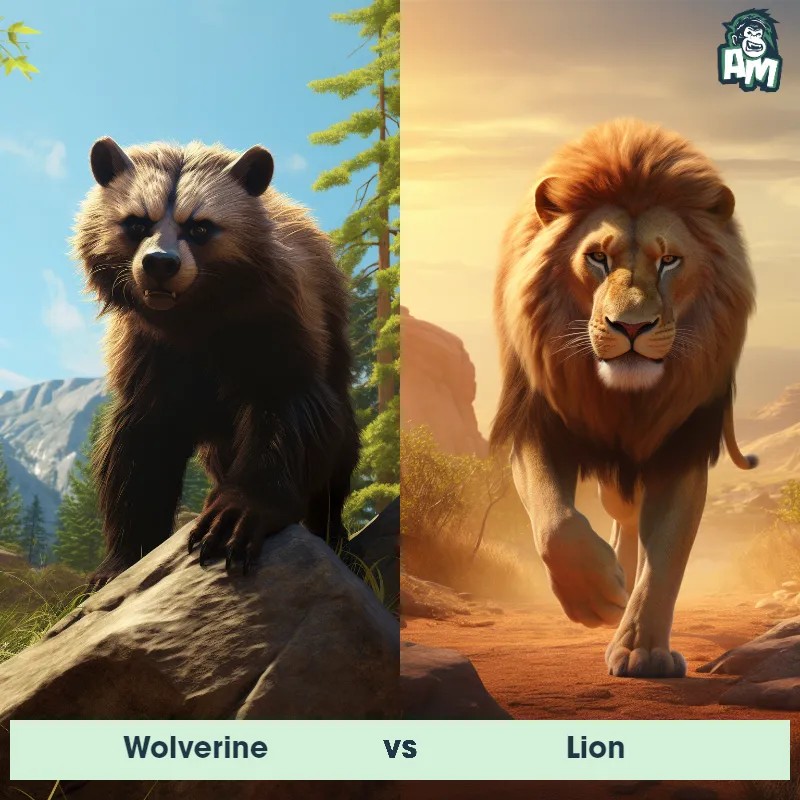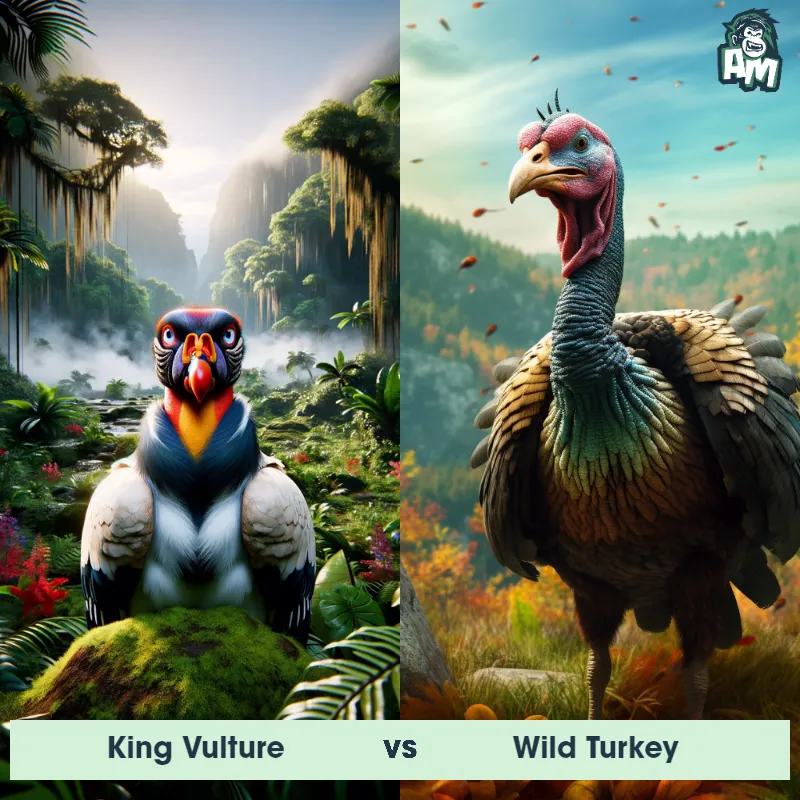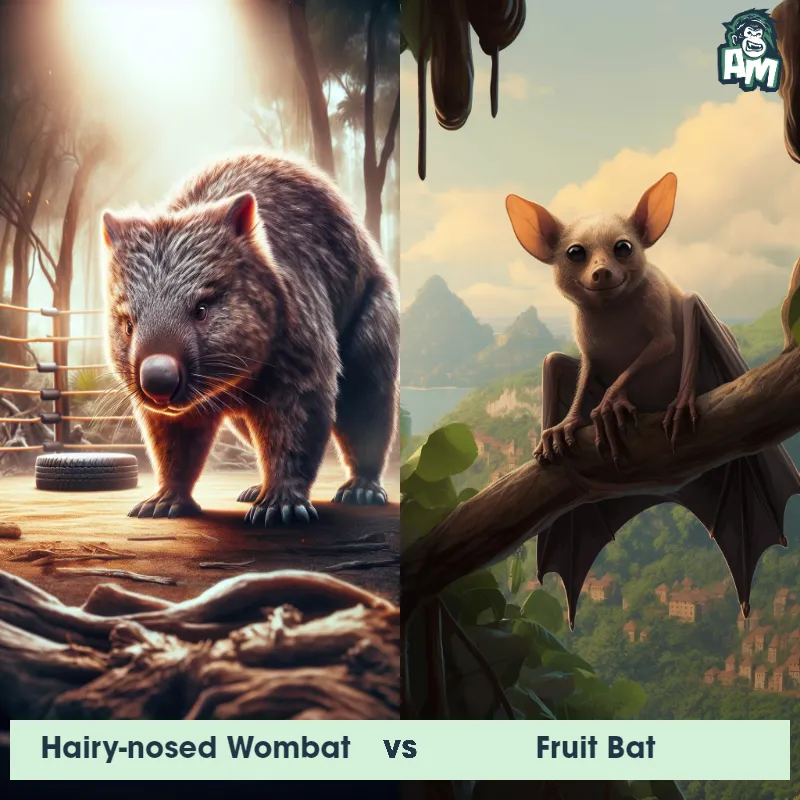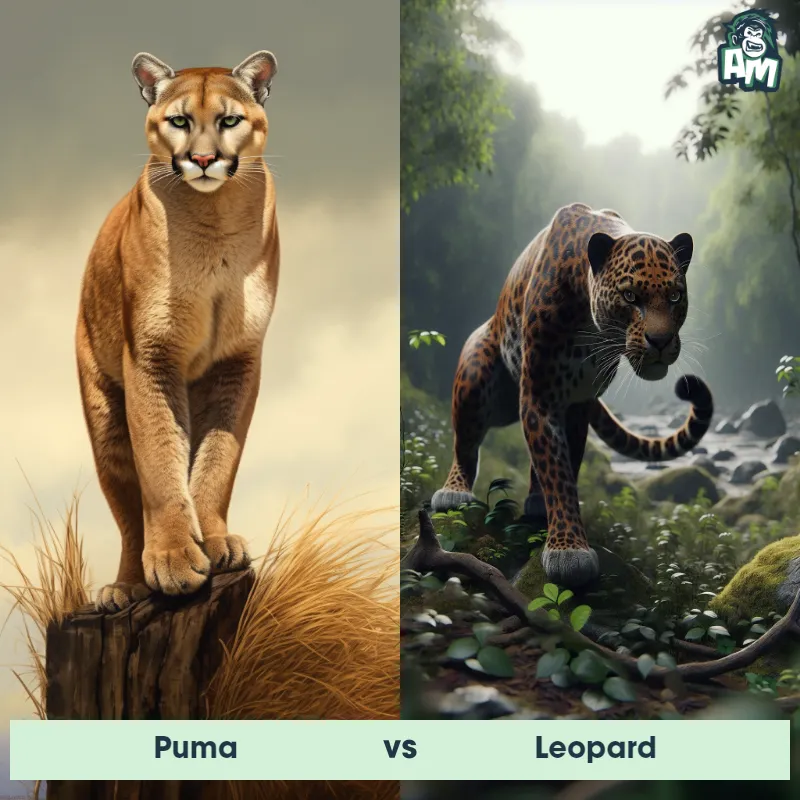Bobcat vs PumaSee Who Wins

Ladies and gentlemen, we have an exciting match ahead of us featuring two skilled feline predators: the Bobcat and the Puma. Both known for their stealth and powerful hunting abilities, these agile cats are sure to give us a thrilling showdown. Let's see who will come out on top in this fierce 3-round battle.
Contender 1: Bobcat
The Bobcat, also known as Lynx rufus, is a medium-sized wild cat native to North America. They have short, reddish-brown fur with black spots and tufted ears. Bobcats are known for their distinctive short tails, which are only 5-6 inches long. They are solitary animals and are most active at dawn and dusk. Bobcats are skilled hunters and prey on small mammals, birds, and reptiles.
Fun Fact: Bobcats are excellent climbers and can easily scale trees to escape predators or hunt prey.
Contender 2: Puma
The Puma, also known as the mountain lion or cougar, is a large, solitary cat found in North and South America. They have a muscular build, short fur that ranges in color from tan to gray, and distinctive black markings on their face, ears, and tail. Pumas are known for their agility and can jump up to 18 feet in a single bound. They are also excellent hunters, with sharp claws and teeth that allow them to take down prey much larger than themselves.
Fun Fact: Pumas are one of the few big cats that can purr, which they do when they are content or communicating with other pumas.
Matchup Stats
| Bobcat | Puma | |
|---|---|---|
| Size | 2-3 feet (0.6-0.9 meters) in length | 2-3 feet (0.6-0.9 meters) at the shoulder |
| Weight | 15-30 pounds (6.8-13.6 kilograms) | 100-200 pounds (45-90 kilograms) |
| Speed | Speed: 30 mph (48 km/hr) | Speed: 50 mph (80.47 km/hr) |
| Key Strength | Powerful legs and sharp claws | Powerful jaws and sharp claws |
| Biggest Weakness | Small size compared to other predators | Vulnerable to attacks from behind |
Current Votes
Bobcat vs Puma
See Who Wins
Matchup Videos
All of our videos contain verified footage of natural encounters between the Bobcat and the Puma. These are true sightings and observations filmed by tourists, scientists, and wildlife documentarians.View More Matches
Looking For More?
Similar Matches
Scientific Stats
| Bobcat | Puma | |
|---|---|---|
| Scientific Name | Lynx rufus | Puma concolor |
| Family | Felidae | Felidae |
| Habitat | Forests, deserts, suburban areas | Mountains, forests, deserts |
| Geography | North America | North and South America |
| Diet | Small mammals, birds, reptiles | Carnivorous, primarily deer and smaller mammals |
| Lifespan | 10 years - 15 years | 8 years - 13 years |
Key Differences between Bobcat and Puma
- Coloration: Bobcats have a distinctive spotted coat with reddish-brown fur and black spots, while Pumas have a uniform tan or brown coat.
- Habitat: Bobcats are found in a variety of habitats including forests, deserts, and swamps, while Pumas are typically found in more open habitats such as grasslands and mountains.
- Size: Pumas are much larger than Bobcats, with adult males weighing up to 220 pounds while Bobcats typically weigh between 15-35 pounds.
- Facial features: Bobcats have a more angular face with a shorter snout, while Pumas have a more rounded face with a longer snout.
- Tail length: Pumas have a longer tail, typically measuring up to 2/3 of their body length, while Bobcats have a shorter tail that is less than half their body length.
- Ear tufts: Bobcats have distinctive ear tufts on the tips of their ears, while Pumas do not.



